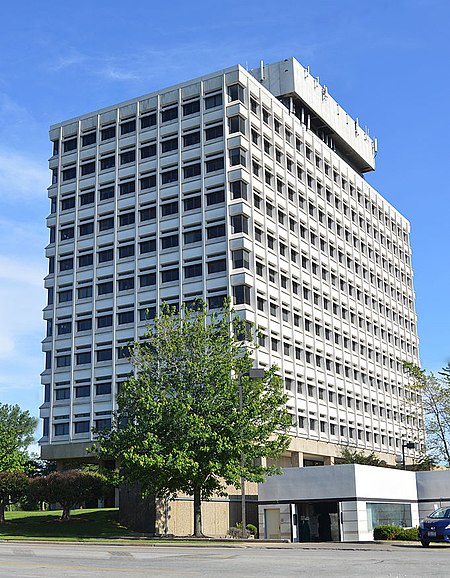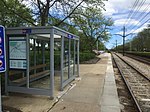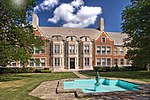Tower East
1969 establishments in OhioBuildings and structures in Cuyahoga County, OhioCommercial buildings on the National Register of Historic Places in OhioModernist architecture in OhioNational Register of Historic Places in Cuyahoga County, Ohio ... and 7 more
Northeastern Ohio Registered Historic Place stubsOffice buildings completed in 1969Ohio building and structure stubsShaker Heights, OhioSkyscraper office buildings in OhioSkyscrapers in OhioWalter Gropius buildings

Tower East is a high-rise office building in Shaker Heights, Ohio. At 160 feet (49 m), it is the tallest building in the city. Tower East was the last building in the United States designed by architect Walter Gropius. Gropius designed this building during his tenure with The Architect's Collaborative (TAC).BGK Equities of Santa Fe, New Mexico, purchased the building for $12.68 million in 2000. In 2015, it was sold to E2G, an affiliate of the Equity Engineering Group, Inc.The building was added to the National Register of Historic Places in 2014.
Excerpt from the Wikipedia article Tower East (License: CC BY-SA 3.0, Authors, Images).Tower East
Chagrin Boulevard,
Geographical coordinates (GPS) Address Phone number Website Nearby Places Show on map
Geographical coordinates (GPS)
| Latitude | Longitude |
|---|---|
| N 41.463888888889 ° | E -81.534444444444 ° |
Address
The Botnick Law Firm
Chagrin Boulevard 20600
44122
Ohio, United States
Open on Google Maps







